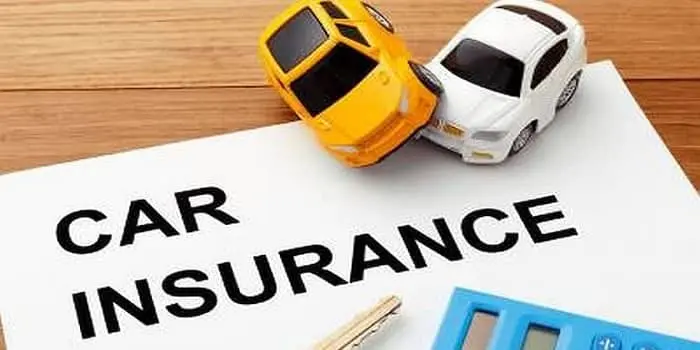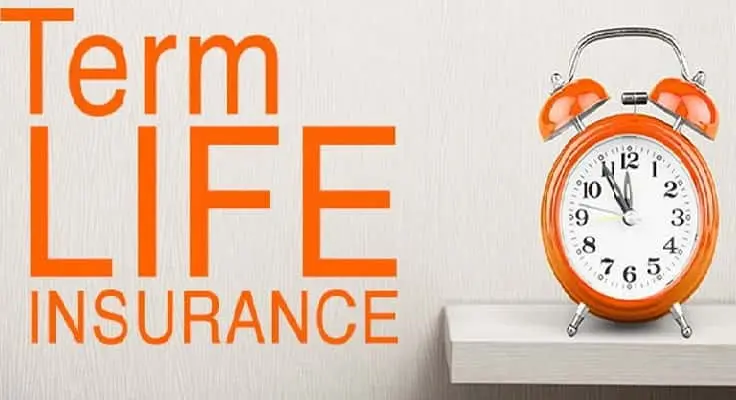For many first-time car buyers, the excitement of owning a vehicle is often accompanied by the responsibility of understanding insurance. Car insurance protects you from costs related to accidents, theft, and damage to other people’s property.
Understanding the world of car insurance can feel overwhelming, especially with the multiple types of policies and differing levels of coverage. Among the various options available, three primary types stand out: third-party car insurance, own damage, and comprehensive car insurance.
Different Types of Car Insurance

Let’s take a closer look at the types of car insurance, key features, coverage details, and limitations of each.
1. Third-Party Car Insurance
Third-party car insurance is an important car insurance that is required by law under the Motor Vehicles Act of 1988. All vehicle owners are required to have this insurance, which is intended to protect against legal liabilities that may arise from damages or injuries caused to third parties.
Coverage Includes:
- Bodily Injury or Death of a Third Party: Offers compensation in the event that another person is injured or killed during an accident.
- Damage to Third-Party Property: Covers the cost of repair or replacement of property owned by another individual that is damaged due to your vehicle.
- Personal Accident Cover for the Owner-driver: Offers financial support in case of injury or death of the vehicle’s owner while driving.
Benefits:
- Legal Compliance: Fulfils mandatory insurance requirements to drive legally in India.
- Financial Protection: Covers liabilities towards third-party individuals or property.
- Affordable Premium: One of the most cost-effective insurance options available.
- Ease of Purchase and Renewal: Quick online options make it hassle-free.
Limitations:
- No Coverage for Own Vehicle Damage: This policy does not provide any financial coverage for damage to the insured vehicle from theft or natural disasters.
- Lacks Customisation: No provision for add-on covers such as engine protection, zero depreciation, or roadside assistance.
2. Own Damage (OD) Car Insurance
Own Damage car insurance is a separate policy that offers coverage for damages to your vehicle resulting from unexpected events. It must be purchased alongside a third-party policy to ensure full coverage.
Coverage Includes:
- Accidental damage to your vehicle
- Theft or total loss due to burglary
- Damage from natural calamities (floods, earthquakes, storms)
- Artificial incidents like riots, vandalism, and fire
Benefits:
- Protects Your Asset: Financial coverage for repairing or replacing your vehicle.
- Customisable: Add-on options like engine protection, tyre cover, and roadside assistance.
- Standalone Flexibility: Offers more control than comprehensive if you already have a third-party cover.
Limitations:
- Does not include third-party liability; must be paired with a third-party policy.
- Slightly higher premium compared to just third-party coverage.
3. Comprehensive Car Insurance
Comprehensive car insurance provides all the benefits of third-party insurance while also covering damage to the insured vehicle. It is an all-inclusive policy that provides broader protection, making it the preferred choice for most vehicle owners.
Coverage Includes:
- Third-Party Liability Coverage: All features included in a third-party policy.
- Own Damage Coverage: Protects your car against accidental damage, theft, fire, vandalism, floods, earthquakes, and other natural or man-made disasters.
- Personal Accident cover: Provides financial compensation in the event of injury or death of the owner-driver.
- Optional add-ons: Enhancements such as zero depreciation, engine and gearbox protection, tyre cover, and more, for a tailored protection plan.
Benefits:
- Complete Protection: Covers both third-party liabilities and own vehicle damage.
- Customisation: Add-on covers allow tailored protection based on personal driving needs.
- Greater Financial Security: Minimises out-of-pocket expenses in the event of damage or loss.
- Ideal for New or High-Value Cars: Protects investment with broader risk coverage.
- Claim Assistance and Digital Services: Most providers offer online claim processing and round-the-clock support.
Limitations:
- Higher premiums than third-party and standalone OD policies.
- Requires careful selection of add-ons to avoid overpayment.
Comprehensive Insurance vs. Third-Party Insurance
Understanding the differences between comprehensive insurance and third-party insurance is vital for selecting the right policy.
| Feature | Third-Party Insurance | Comprehensive Insurance |
| Legal Requirement | Mandatory | Optional |
| Own Vehicle Coverage | Not Covered | Covered |
| Third-Party Coverage | Covered | Covered |
| Add-On Covers | Not Available | Available |
| Premium Cost | Lower | Higher |
| Customisation | Not Possible | Possible |
| No Claim Bonus (NCB) | Not Applicable | Applicable |
How can You Choose the Right Car Insurance Policy?
Selecting the right car insurance policy goes beyond simply fulfilling legal obligations. It requires a thoughtful evaluation of your vehicle, lifestyle, and financial priorities. With different types of car insurance available in India, choosing the most suitable one ensures optimal protection without unnecessary expenses. Here are key considerations that can help guide your decision:
1. Vehicle Age and Market Value
The age and current market value of your vehicle significantly influence the type of insurance you should choose.
● New or High-Value Cars
These vehicles are best protected with comprehensive car insurance, as the cost of repair or replacement is high. A comprehensive policy ensures that you’re covered for a variety of damages, including accidents, theft, fire, and natural disasters.
● Older Vehicles
For cars with lower resale value or those nearing the end of their lifecycle, a third-party car insurance policy might be more economical, especially if repair costs exceed the car’s value.
2. Vehicle Usage and Driving Habits
How often and where you drive your car matters when selecting the right coverage.
● Daily Commuters and Frequent Travellers
If you regularly drive in high-traffic areas or cover long distances, a comprehensive policy with add-ons like roadside assistance and engine protection is advisable.
● Occasional Drivers
If your car is used infrequently or only for short distances, a basic third-party insurance policy may suffice.
3. Risk Appetite and Financial Preparedness
Understanding your risk tolerance helps determine how much coverage you need.
● Low Risk Tolerance
If the idea of facing high repair costs or legal liabilities causes stress, opting for a comprehensive car insurance policy with relevant add-ons offers peace of mind.
● High Risk Tolerance
If you’re financially equipped to handle minor repairs or damages, you may opt for basic coverage with a lower premium.
4. Geographical Factors
Your geographical location also plays a very important role in determining the best policy.
● Urban Areas with High Traffic
Cities experience higher accident rates, theft, and vandalism risks, making comprehensive coverage more suitable.
● Rural or Low-risk Zones
In areas with a lower risk of damage, a third-party policy might be adequate.
5. Desired Add-on Covers
If you prefer additional protection beyond the basics, evaluate the insurer’s add-on options. Comprehensive policies often allow add-ons like:
- Zero depreciation cover
- Return-to-invoice cover
- Consumables cover
- Key replacement
- Roadside assistance
These add-ons can be tailored to your unique needs and usage patterns.
Understanding the differences between comprehensive and third-party car insurance is very important for making an informed decision. While third-party insurance is mandatory and offers basic coverage, comprehensive insurance provides extensive protection for your vehicle and peace of mind. Evaluate your needs, assess the risks, and choose a policy that best suits your requirements.














